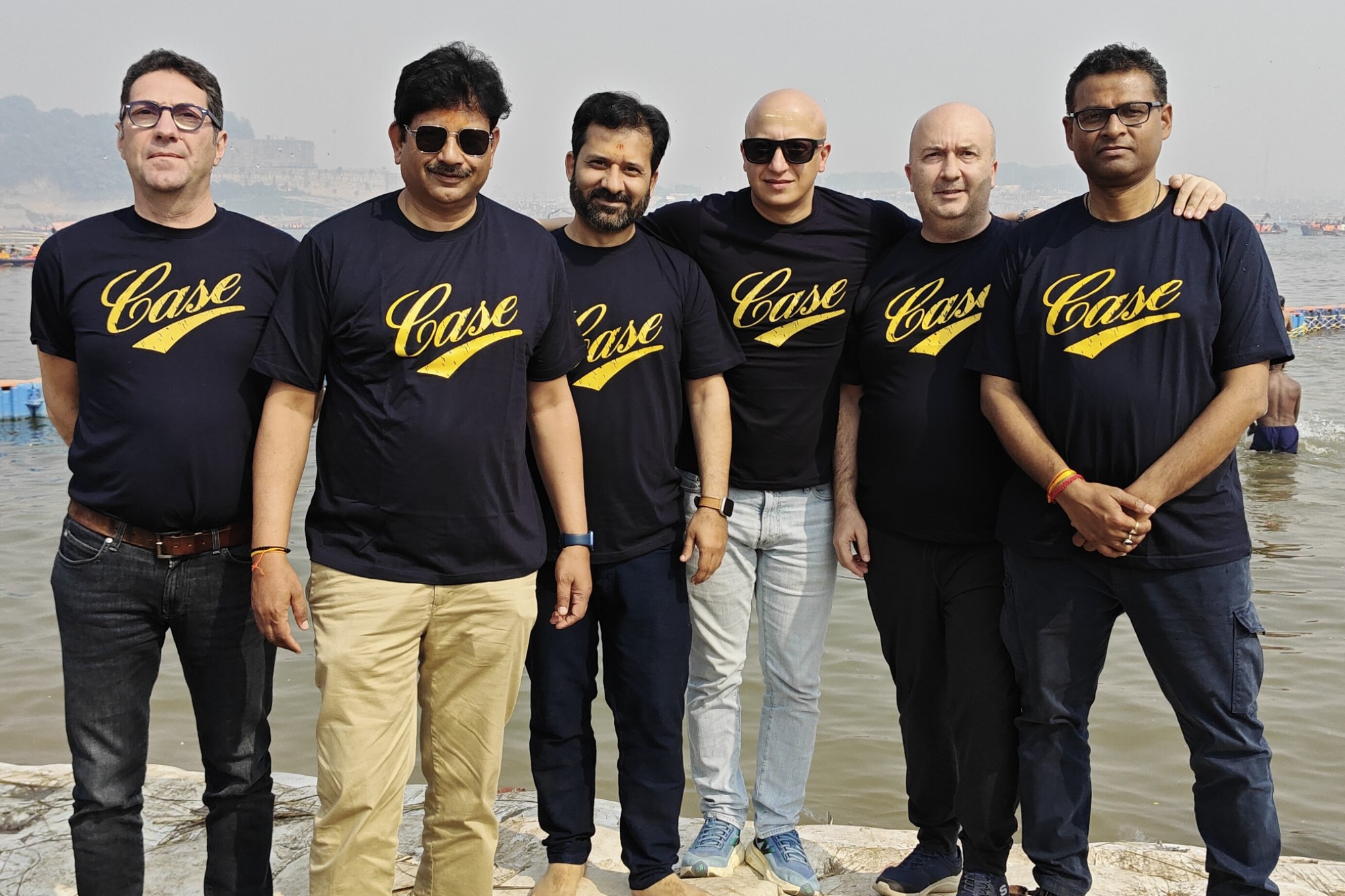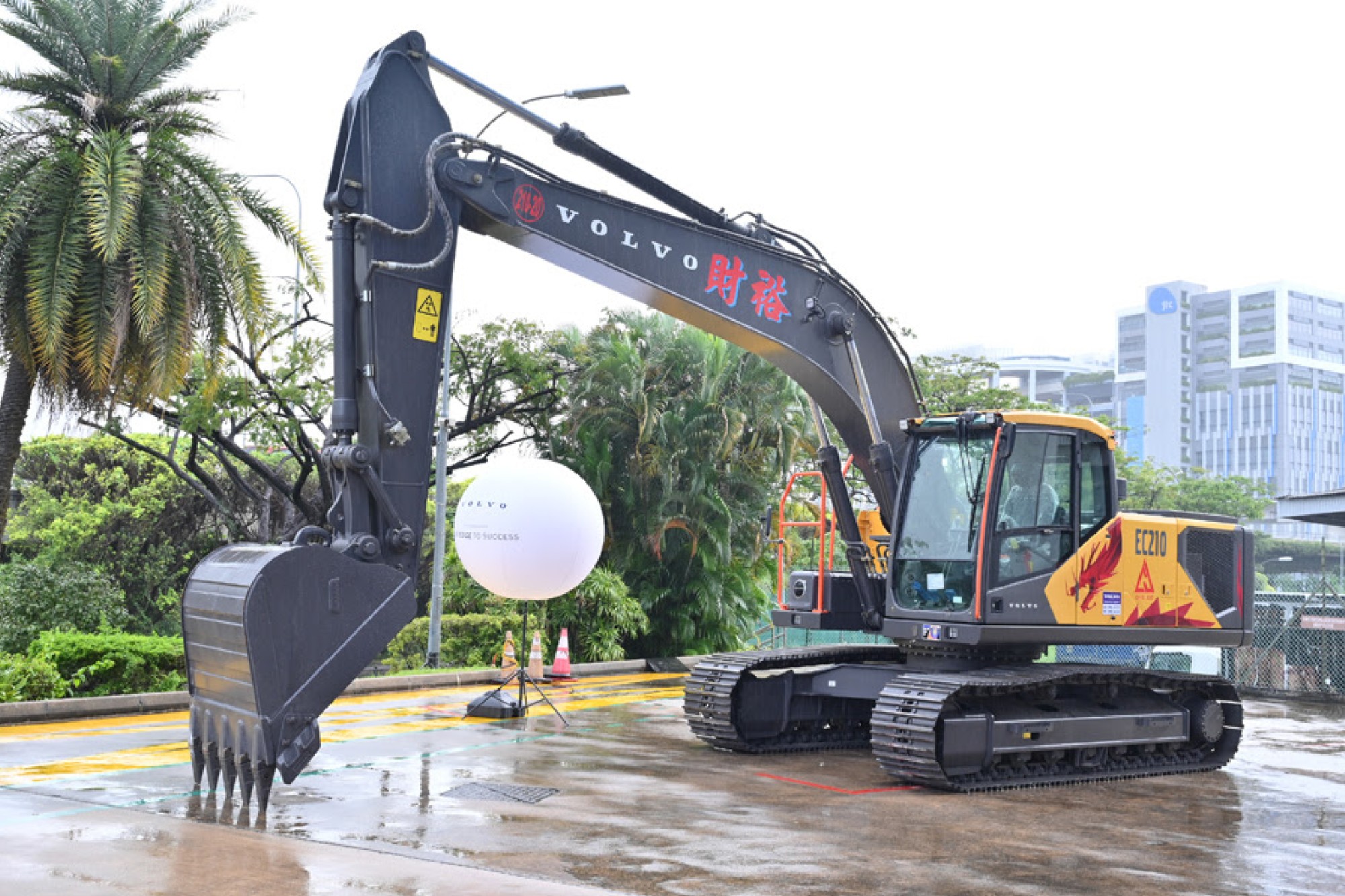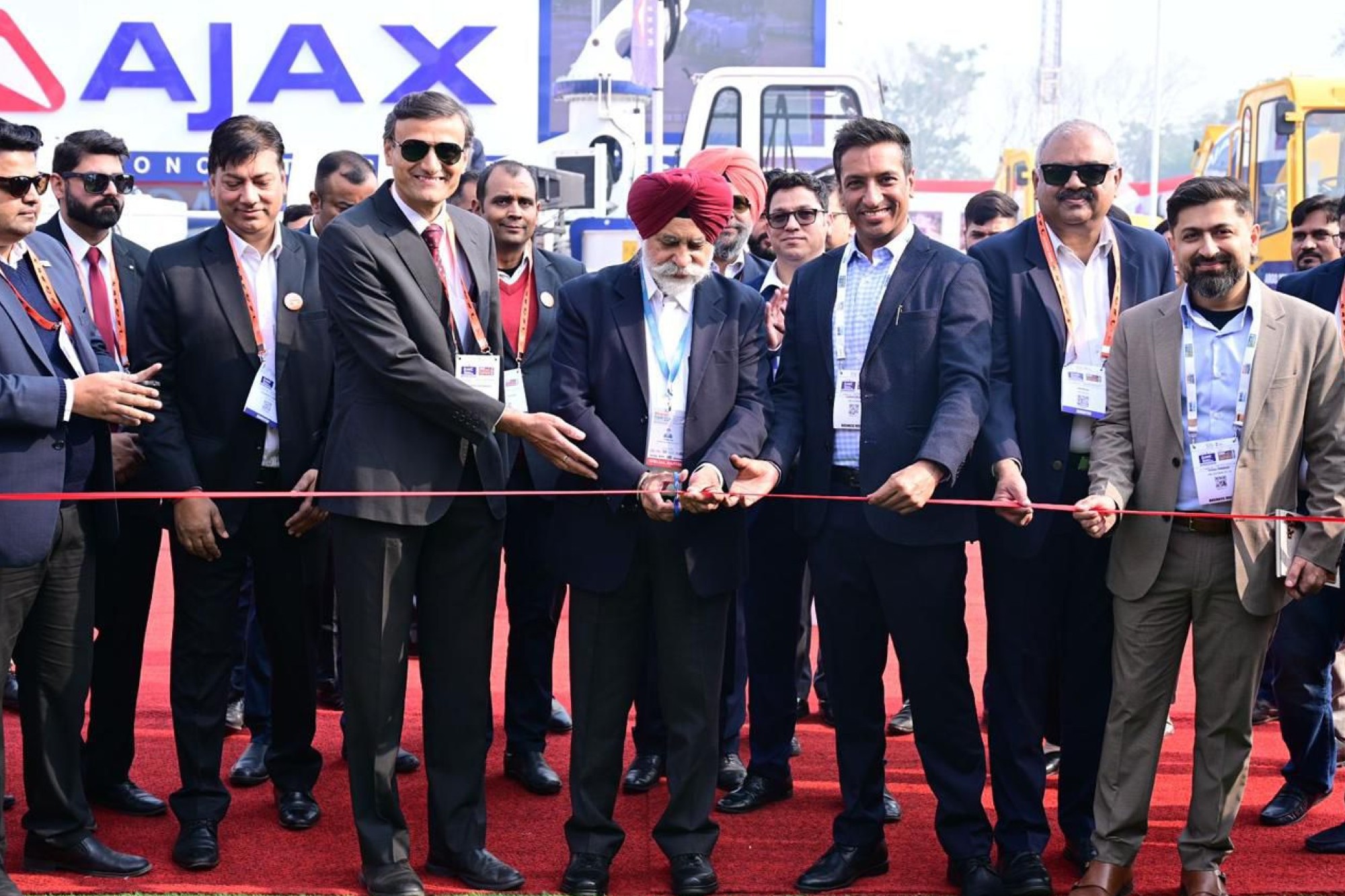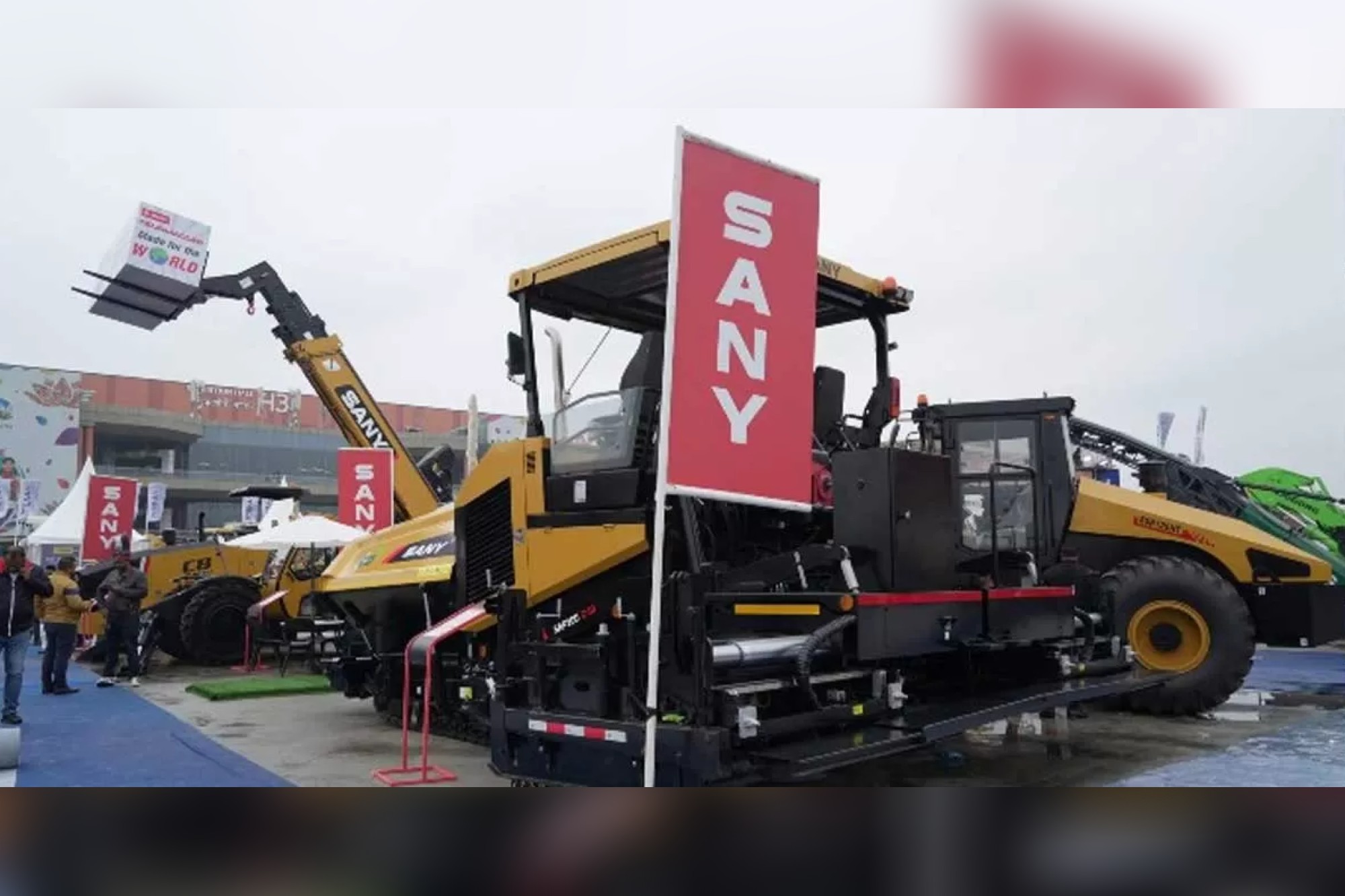Exploring alternative fuel engines for a greener future
By Edit Team | June 11, 2024 2:05 pm SHARE

With a legacy steeped in excellence and a vision set for the future, Caterpillar’s impact transcends borders, shaping the contours of India’s industrial landscape.
From groundbreaking technologies to pioneering initiatives, this interview offers a glimpse into Caterpillar’s unwavering dedication to driving sustainable progress and fostering lasting partnerships.
How has Caterpillar actively supported the “Make in India” initiative?
Caterpillar has been active in India since the 1930s. Our machines build everything from roads and airports to pipelines and buildings. Our engines power generators in remote locations and ocean-going ships. Our financial services assist our customers, enabling them to get the machines and engines they need to build a better future for their businesses and communities. We are committed to offering our customers a wide range of quality products, services, and solutions that will make progress possible. We support mining and quarry, power generation, construction, road works, petroleum, and rail. Cat® products manufactured in our facilities are “Built in India” for both usage in India and export. Our manufacturing facilities are in Tiruvallur, Hosur, and Aurangabad, and divisional offices are in Bangalore, Chennai, Mumbai, and Delhi.
Caterpillar does business on every continent, principally operating through three primary segments – Construction Industries, Resource Industries, and Energy & Transportation – and providing financing and related services through our Financial Products segment.
Can you elaborate on the role of IPSD facility in India in contributing to the growth of manufacturing, research, and development in the country?
The Industrial Power Systems Division (IPSD) is responsible for the marketing, sales, and manufacturing of industrial engines for CAT and Perkins brands. The IPSD global facilities enable the group to support our customers wherever they are. Located in Hosur, the IPSD India facility specialises in designing and manufacturing internal combustion engines, genset packages, and components. Current energy and transportation products in the engines and gensets range include Cat-branded diesel engines (200-1400hp), and they find application in industrial, forestry, off-highway trucks, construction, marine, rail, petroleum, and mining industries.
The Hosur engine facility started operating in the late 1980s and has grown tremendously since then. Since 2015, the Hosur facility has started making Perkins-branded engines for third-party OEMs in India, Asia Pacific (APAC), the Middle East (ME), Africa, and some parts of Europe, as well as for various global customers of both the Cat and Perkins brands.
The facility has received various accolades over the years, including Chairman’s Operations Excellence awards (several times), Manufacturing Excellence awards, Safety, Diversity & Inclusion, Sustainability, and CSR.
With the introduction of the new CAT C13D engine platform, how does Caterpillar ensure compliance with the latest emission standards, such as BS-VI, while maintaining optimal performance and reliability?
The Cat® C13D platform is a worldwide enterprise platform that adheres to the latest emissions standards via the appropriate after-treatment systems in the relevant sectors. The C13D would leverage the technological and design solutions already designed for parts of the world that currently fall within stricter emissions regulations for wheeled applications in India. The C13D will also utilise similar technologies and design solutions for tracked applications as they become more emissions-regulated. Meanwhile, the C13D’s advanced controls software technology intelligently and continuously optimises for power while minimising overall fluids consumption (fuel and after-treatment fluids), adhering to emissions standards.
What kind of product solutions do you provide to help customers achieve best-in-class fuel efficiency, and what are the specific features of your engines that contribute to optimising performance in this regard?
Many different and varying features within the entire industrial product line-up help optimise fuel efficiency and engine performance. In the case of the most recent C13D, the unique advanced control system is an algorithm-based software program that mimics the engine’s running and provides real-time optimisation and augmentation to the running parameters to minimise fuel consumption and maximise power while meeting emissions. Rather than being a hard-coded map-based program, the engine is constantly “learning” where it is performing, what the surroundings are, and optimising itself. Furthermore, the C13D’s critical internal components have been thoughtfully and carefully designed to reduce as much friction as possible, improving fuel efficiency.
What are the different kinds of engine solutions you have developed to help customers achieve their sustainability goals?
By developing products that are more efficient with fuel burning, we are taking an incremental step towards being more sustainable while providing value to our customers. Emissions should be thought of from a complete lifecycle point of view and not only from an “out of the tailpipe” perspective. As such, we offer machines and engines capable of operating on alternative fuels, such as biodiesel, biogas, hydrogen, HVO (Hydrotreated Vegetable Oil) and methanol. While emissions at the tailpipe are essentially the same as traditional fuels, lower-carbon intensity fuels may reduce lifecycle greenhouse gas emissions in the fuel value chain.
Caterpillar continuously researches and hears from our customers about the need for alternate fuels. Caterpillar already has extensive experience with alternative fuel production engines, such as the G3520H, which can run on hydrogen and natural gas. We are currently investigating the adoption of those types of alternative fuels within our industrial and power generation engine range below 560 kW. We are working on projects to develop alternative fuel solutions within this power range, which looks at the coupling of hybrid electric-assist components that will compensate for the reduced power density these alternative fuels may have. Project THOR is another excellent example of improving lifecycle GHG emissions, putting our customers’ needs at the forefront of discussions.
Caterpillar is working across a wide range of technologies to support our customer’s varied requirements as they look to achieve their sustainability goals. Internal combustion engines will continue to play a significant role alongside other technologies such as electrification and fuel cells.
How does the C13D engine streamline operations for OEMs while maintaining versatility and reconfigurability?
The C13D’s broad power and torque range allow OEMs to simplify and communicate the power plant offerings within their machines. This would streamline inventory, logistics, training, installation, and service procedures as OEMs now only need to work with and understand one engine instead of 3 different engines. Meanwhile, the communication efforts of this engine have not sacrificed any versatility or reconfigurability that our OEMs have come to appreciate in our engines. The C13D will continue to provide the necessary variations in iron and accessories to enable the success of our OEMs.
How does Caterpillar leverage digital services to enhance the overall customer experience and support equipment owners in decision-making and health management?
Caterpillar’s suite of Digital Services offers a comprehensive approach to maximising fleet health and performance, combining proactive strategies with real-time solutions. Our services are designed to provide the necessary data and expertise to ensure that equipment operates at its best, minimising downtime and maximising efficiency. We offer flexible solutions tailored to monitor equipment health and deliver actionable insights, allowing for timely maintenance and repairs. Through our analytic services, issues can be forecasted and resolved before they disrupt operations, while smart maintenance schedules and real-time repair solutions help assets maintain peak performance. Our systems continuously track equipment characteristics, enabling proactive maintenance to prevent costly downtime. Ultimately, our goal is to support businesses in keeping their equipment running smoothly and efficiently, regardless of their challenges.
For more information, visit: https://www.caterpillar.com/en.html
Cookie Consent
We use cookies to personalize your experience. By continuing to visit this website you agree to our Terms & Conditions, Privacy Policy and Cookie Policy.






































































